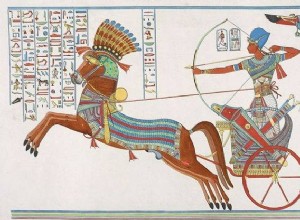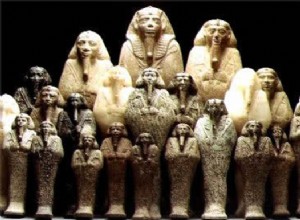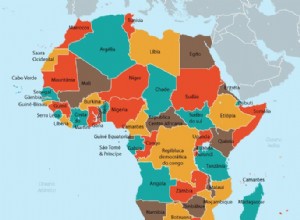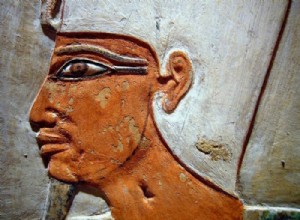He was perhaps the longest reigning and most prominent pharaoh. He created the power of Egypt. Ramses II the Great died three thousand years ago, but his fame continues today. He had about 100 sons and over 50 daughters, was the longest-reigning pharaoh of Egypt, and by building one of the most un




